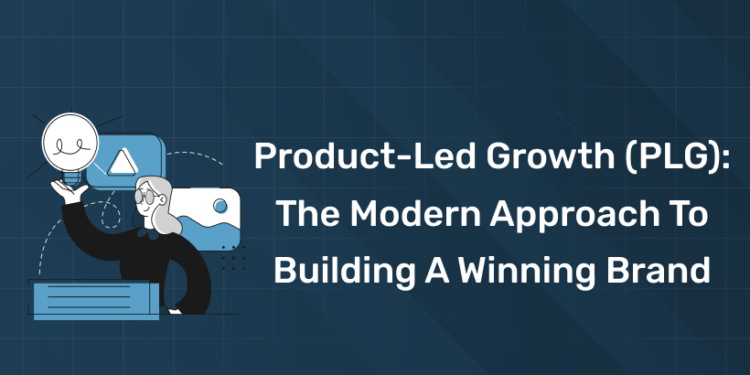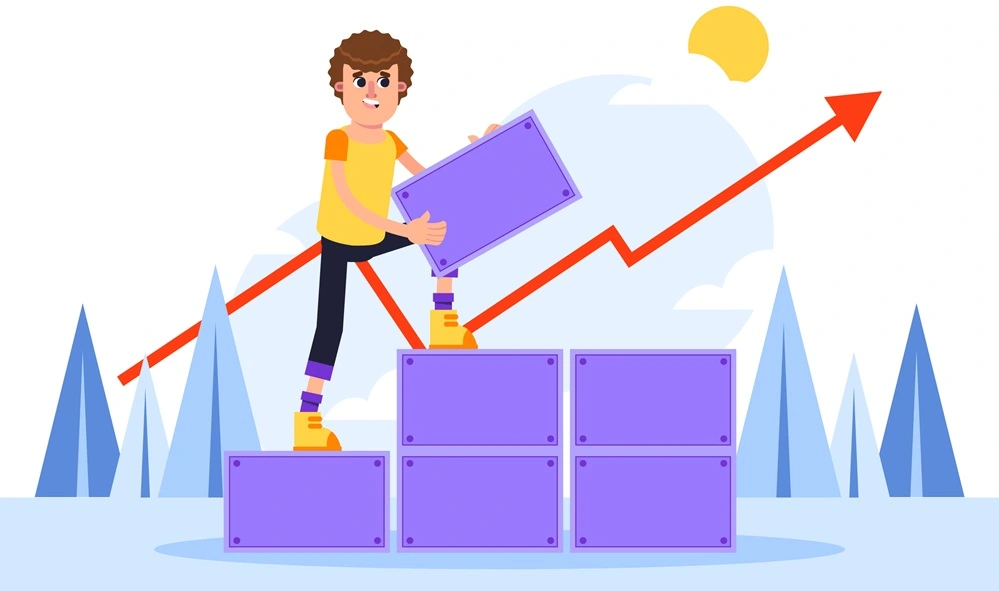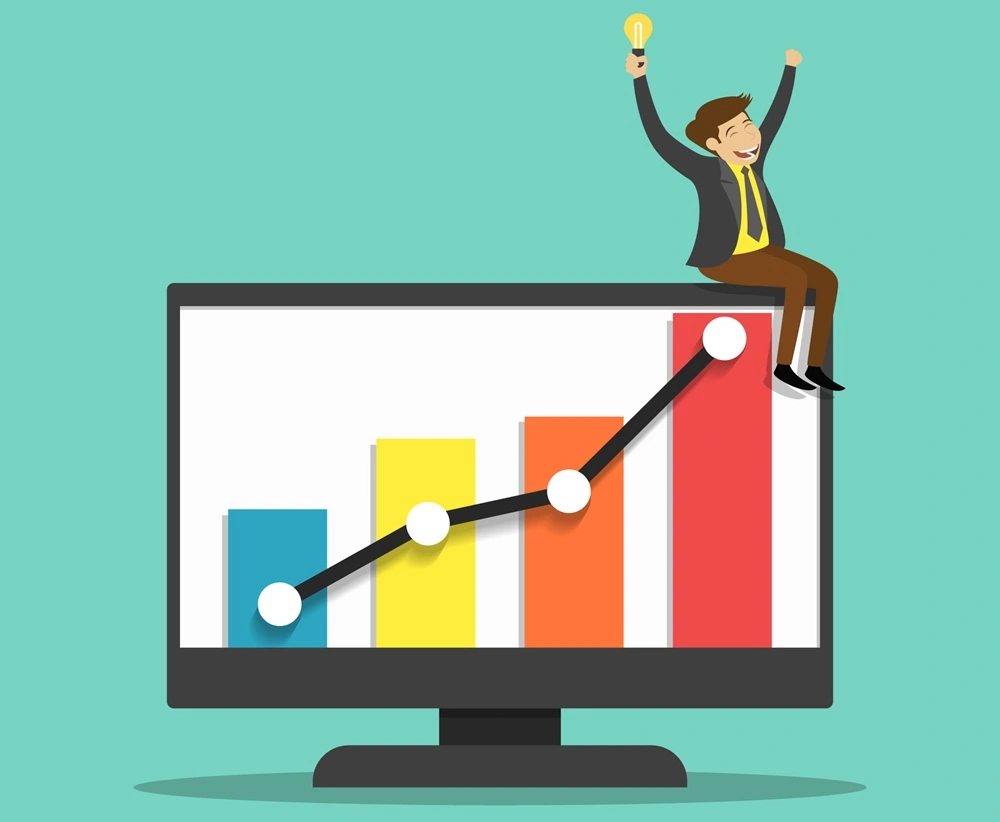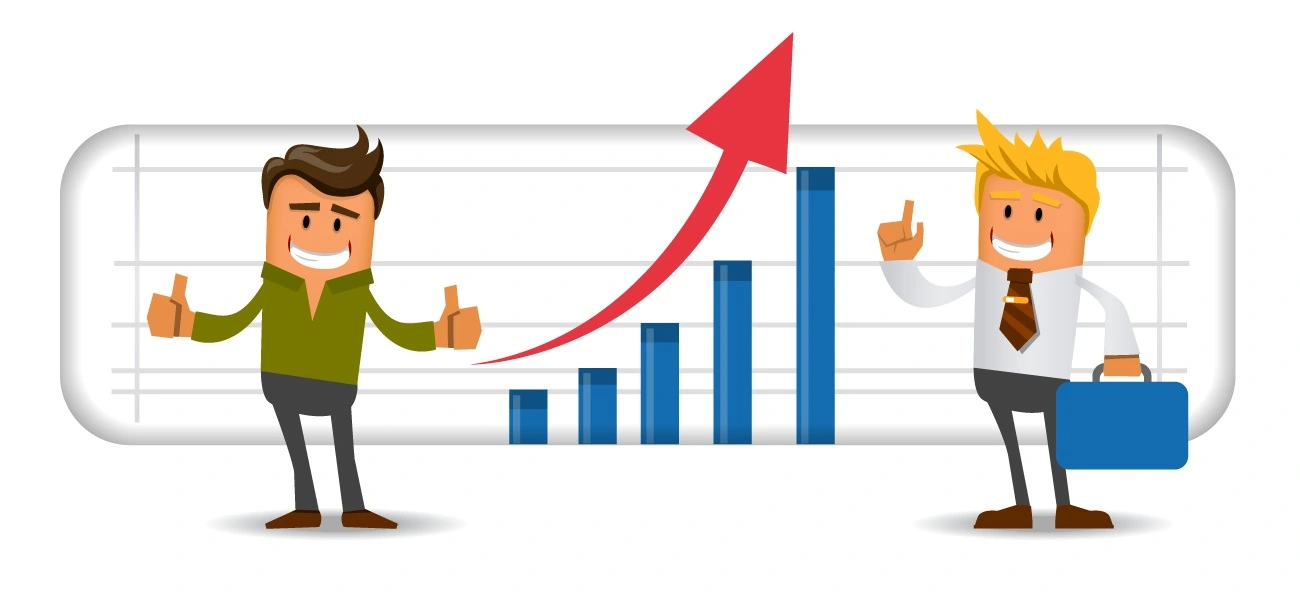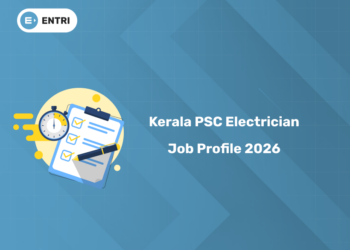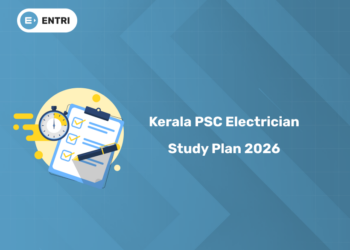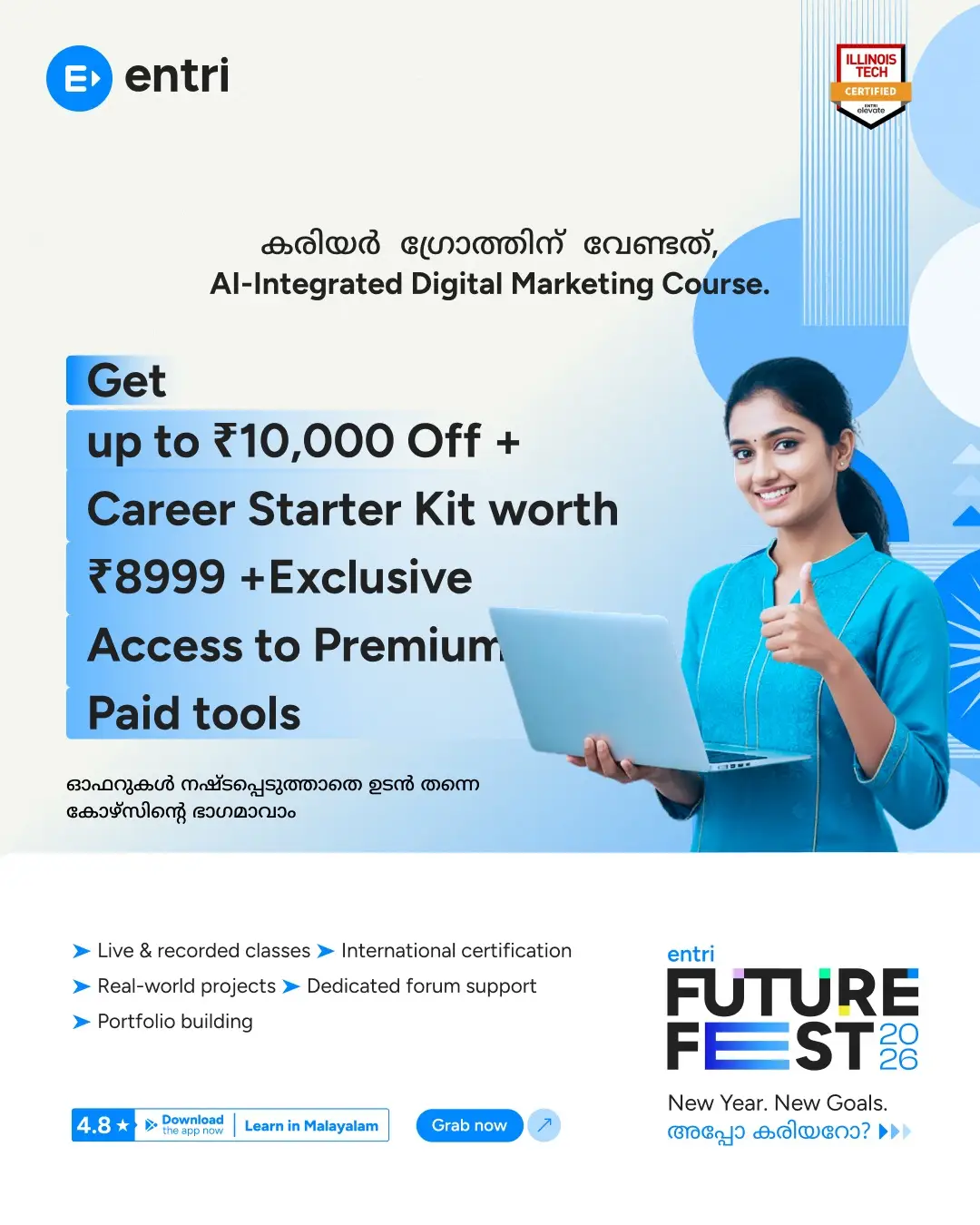Table of Contents
The business landscape has changed beyond all recognition. Gone are the days when you could win customers with high-pressure sales pitches or expensive marketing campaigns on their own. Nowadays, the product is the thing that really makes a business grow. This has led to the emergence of a revolutionary approach called Product-Led Growth (PLG). This is a strategy where the product is the real star of the show.
If you’ve read the article on How to Build a Brand from Scratch, you know that building a brand today is all about being genuine, giving people a great experience and delivering real value. PLG fits neatly into this philosophy. It’s all about delivering such a top-notch product that users naturally become loyal customers and start telling their mates about how good it is.
Whether youre just starting out as an entrepreneur, working in digital marketing or just curious about how modern startups can grow super fast with minimal spending on advertising, this guide should help you figure out how to use PLG to build and grow your brand successfully.
Join Our Online Digital Marketing Course & Learn the Fundamentals!
What Is Product-Led Growth (PLG)?
Product-Led Growth is a business way of doing things where the actual product is what gets people on board, keeps them on board, and encourages them to pay or tell others about it. How a user experiences the product is what decides whether they stick with it or go elsewhere, and whether they end up paying for it or recommending it to others.
Rather than relying mainly on sales teams or complex marketing systems, the product becomes the main driver of growth. Think about companies like Slack, Dropbox, Canva, or Zoom. They didn’t win people over with flashy ads. They won them over by letting the product do the talking.
Key Characteristics of PLG Companies
- Free trials or freemium versions that let people have a go and see what they think for themselves
- User experience at the forefront of design, which means the product is built to really solve people’s real problems
- Giving users a say in what you do next through data and feedback that’s used to improve things all the time
- Features that make the product go viral, like being able to share or collaborate with others
- Getting new users up and running as painlessly as possible so they don’t get put off and end up using the product.
Why Product-Led Growth Works in the Digital Era
Modern customers are now more empowered, better informed, and intensely wary. They dont want to be sold to, they want to actually experience first-hand the value of a product before signing up. Product-led growth (PLG) is a business model that totally aligns with this way of thinking.
Here’s why the model works so well:
- Lowering the Customer Acquisition Cost
With the traditional sales-led approach, its all about expensive marketing campaigns and long drawn-out sales processes. But with PLG, your product does the sales work for you instead – and as a result, your CAC drops. - Creating Faster Growth Loops
Happy users become accidental mini-marketers. People invite their friends over, or share their good experiences on social media – and as a result, the product ends up driving its own expansion. - Better retention rates and brand loyalty
Since users get to start using the product early on, and are able to get good value out of it, they build a genuine connection with the product. This all adds up to a higher rate of retention and long-term customer loyalty. - A Scalable growth model that just keeps on working
PLG can grow your business easily, right across different markets and borders – all without you having to heavily scale your sales team to keep up. - The benefits of a strong, trustworthy brand
A product that consistently delivers value – and does it in a simple and straightforward way – becomes synonymous with quality and trust. And that’s the only way to build a brand that really lasts.
The 4 Essential Pillars Of A Successful Product-Led Growth Business
But if you really want to make PLG work for you, you need to focus on building a business that’s centered around four key areas:
Making the product experience a great one
Everything starts here. The product itself needs to solve a genuine problem in as simple and efficient a way as possible. Every single feature needs to add real value.
- Get your interface to look and feel clean, and your onboarding process to be a breeze.
- Simplify the onboarding process.
- Get feedback from users and then iterate on your product as fast as possible.
- Use data to drive personalisation in the user journey.
User Empowerment
PLG companies empower users to explore, learn, and find success independently.
- Offer free trials or freemium tiers
- Create interactive product tours
- Provide self-service help centres
Data-Driven Decision Making
Your product should constantly learn from how users interact with it.
- Use behavioural analytics (like Mixpanel, Amplitude, or GA4)
- Identify “Aha!” moments, the actions users take before upgrading
- Optimise retention by analysing churn patterns
Alignment Across Teams
PLG is not just a product team initiative, it’s an organisational philosophy.
- Marketing attracts the right audience
- Product delivers the right experience
- Customer success ensures value realisation
- Leadership fosters collaboration across all
PLG in Action: Real-World Examples
Let’s break down how some iconic brands have used PLG to dominate their industries.
Slack: Collaboration Made Effortless
Slack grew from small teams adopting it for internal communication to entire organisations switching over. Its “invite your team” feature turned every user into a growth ambassador.
Dropbox: Growth Through Sharing
Dropbox’s referral program, “Get more storage when you invite friends” was a masterstroke in viral PLG. It turned a simple cloud storage tool into a household name.
Canva: Democratizing Design
Canva’s freemium model lets users create beautiful designs instantly. Its product experience is so smooth that even non-designers feel empowered.
Notion: Community-Driven Expansion
Notion’s PLG strategy thrives on community-created templates and workflows. The product spreads because users love to showcase what they build.
Each of these examples proves one truth, when your product delivers true value, marketing becomes effortless.
How PLG Ties into Brand Building
Traditional marketing can be expensive, slow, and often struggles to build authentic customer trust, especially for new brands. PLG flips the script by putting product quality and user experience front and center, which helps:
-
Build credibility: Exceptional product experiences turn customers into brand ambassadors.
-
Reduce acquisition costs: Free or low-cost trials lower initial barriers.
-
Speed up feedback loops: User data drives faster product iteration and marketing adjustment.
-
Align marketing and product teams: Collaboration improves overall customer experience.
For entrepreneurs and digital marketing aspirants, understanding PLG isn’t just useful, it’s crucial in a digital-first business landscape.
Implementing Product-Led Growth: Step-by-Step Guide
Ready to bring PLG into your business model? Here’s how to start:
Step 1: Define Your Value Metric
Identify the key action that represents success for your users (e.g., “number of projects created” for Canva or “files shared” for Dropbox).
Step 2: Simplify Onboarding
The first user experience matters most. Create a simple signup process and guide users toward their “Aha!” moment quickly.
Step 3: Enable Product-Led Acquisition
Introduce sharing, referral, or invite features that encourage users to bring others.
Step 4: Track Usage Metrics
Use analytics to monitor activation, retention, and upgrade triggers.
Step 5: Build a Feedback Loop
Encourage users to share feedback through surveys and in-app prompts. Iterate fast.
Step 6: Integrate Marketing Strategically
Even in a PLG model, marketing plays a vital role, educating users through blogs, tutorials, and social proof.
Common Mistakes to Avoid in a PLG Strategy
Even great products can fail to grow if these pitfalls aren’t avoided:
- Focusing too much on freemium users without a conversion strategy
- Ignoring customer support after adoption
- Overcomplicating the user interface
- Not tracking the right success metrics
- Lack of team alignment between product, marketing, and support
Remember, PLG success is not about virality alone, it’s about delivering consistent, measurable value.
The Role of Digital Marketing in PLG
While Product Led Growth (PLG) is all about the product, digital marketing acts as a bit of an accelerator for it – just amplifies the product’s efforts so to speak. Content, SEO, and performance marketing bring you in touch with the users who will actually get the most out of what you’re offering.
If your really serious about getting in the weeds with strategies like PLG and content marketing – or even building a proper brand that really resonates – then the Entri AI-Powered Digital Marketing Course is more than likely your next best step
This course shows you how to combine practical hands on marketing skills with real world brand strategies – from digging into what your competitors are doing and creating some genuine content to hacking on growth strategies and actually understanding your analytics. You’re going to learn how to take your product and turn it into a proper growth engine – just like the PLG-driven brands that are leading the way globally.
Key Takeaways
✅ Product-Led Growth (PLG) is really all about using your product as the main driver of getting more and more people on board
✅ PLG saves you cash on acquiring new customers and keeps them coming back for more by giving them a product that’s genuinely useful
✅ Brands like Slack, Dropbox, and Canva show that PLG doesn’t just work – it really works
✅ Onboarding that actually makes sense, digging into the numbers, and giving users the power to make their own way are all key parts of PLG
✅ PLG and brand building go hand in hand – because at the end of the day, you’re both about delivering real value to people
Conclusion
Product-Led Growth is a lot more than just some marketing jargon – it’s actually the future of building a brand in a sustainable way. Whether you’re just starting out on your own or you’re a marketer who’s looking to scale your brand up, PLG will help you build some serious trust and value that actually drives growth from the inside out.
When your product becomes your best marketing weapon, then your brand doesn’t just grow – it just sort of evolves naturally because of the fantastic user experience you’re offering.
Frequently Asked Questions
What is Product-Led Growth (PLG)?
Product-Led Growth is a business strategy where the product itself drives user acquisition, engagement, and retention, reducing reliance on traditional sales and marketing methods.
How does PLG differ from traditional marketing or sales-led growth?
Traditional models rely heavily on marketing campaigns or sales teams to acquire customers, whereas PLG focuses on the product experience as the main driver of growth and retention.
Why is Product-Led Growth becoming so popular?
In the digital era, customers prefer to experience value firsthand before buying. PLG aligns perfectly with this mindset by letting users try the product and realise its worth independently.
Which companies are the best examples of PLG success?
Top examples include Slack, Canva, Dropbox, Notion, and Zoom, all of which grew rapidly because their products offered immediate, shareable value to users.
What are the main benefits of adopting a PLG strategy?
Lower customer acquisition costs, faster scalability, stronger customer retention, authentic brand growth, and higher word-of-mouth referrals are key benefits.
Is PLG suitable for all types of businesses?
While PLG thrives in SaaS and digital-first industries, any business offering an interactive or experiential product can implement PLG principles effectively.
What role does user experience (UX) play in PLG?
User experience is the heart of PLG. A frictionless onboarding process, intuitive design, and fast “Aha!” moments encourage users to stay, upgrade, and recommend.
Can PLG replace marketing and sales entirely?
No, PLG complements marketing and sales. It changes their focus from persuasion to education and customer empowerment, making them more effective.


